Sign up for workout ideas, training advice, reviews of the latest gear and more.

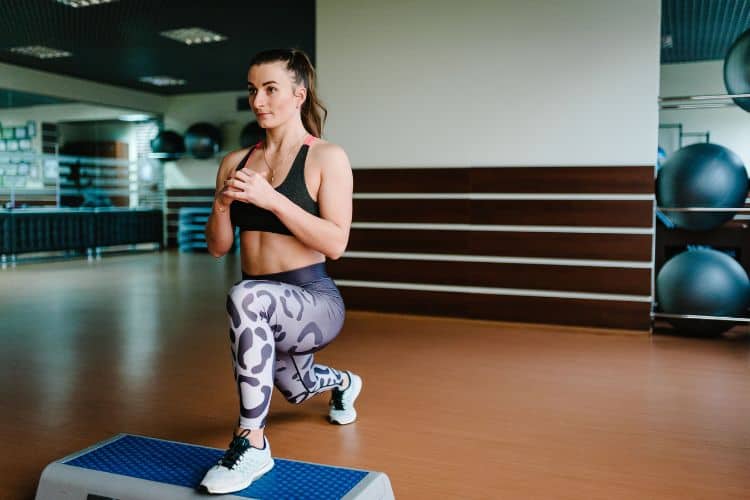
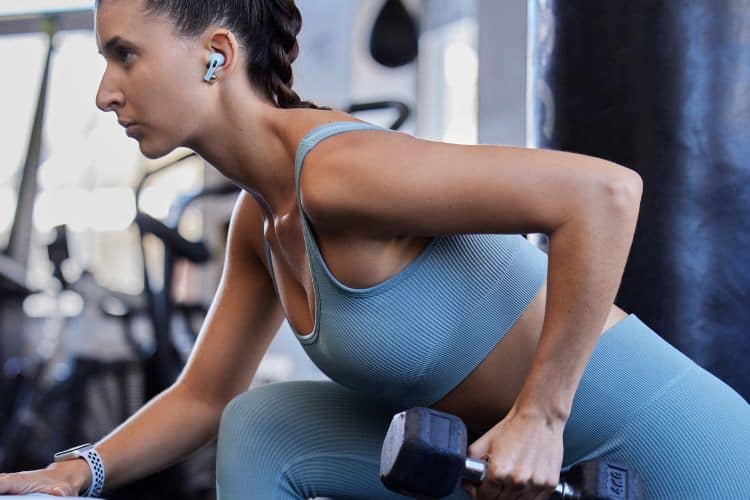
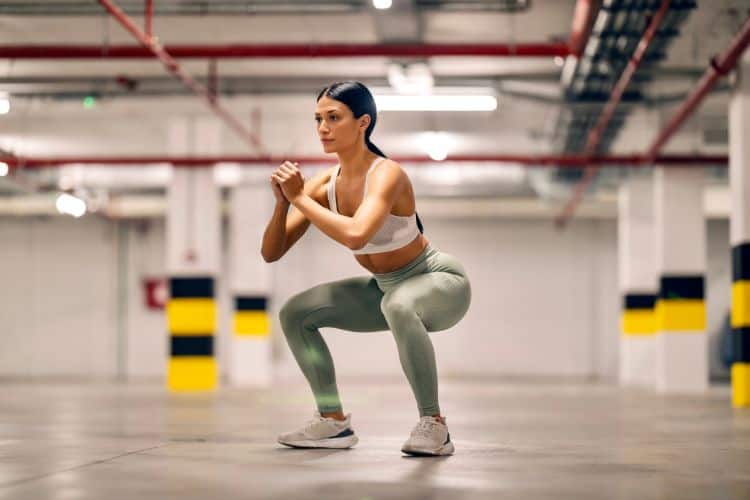
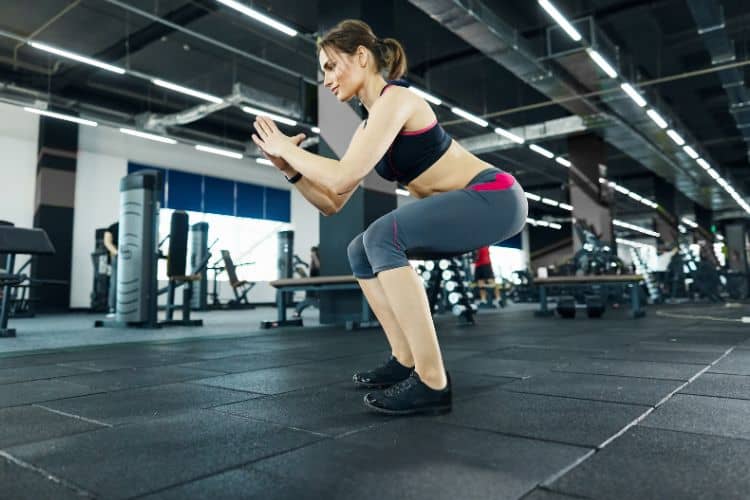
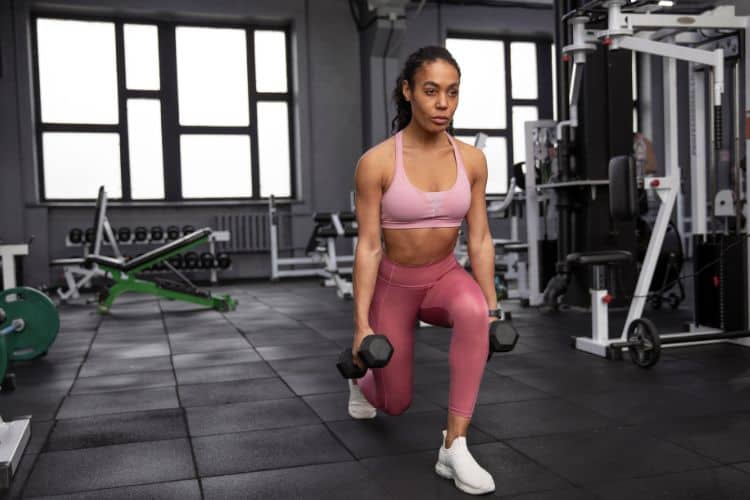
In today’s fast-paced world, finding time for a complete workout can be a challenge. That’s where 30-minute full body dumbbell workouts come in. With just a pair of dumbbells and half an hour, you can target all major muscle groups, improve cardiovascular health, and torch calories—all from the comfort of your home or gym.
This guide covers everything you need to know about crafting and executing a time-efficient, muscle-building, fat-burning dumbbell workout. Whether you’re a beginner or an experienced lifter, these workouts offer the perfect mix of strength training and metabolic conditioning to help you reach your fitness goals.
A 30-minute full body dumbbell routine focuses on compound movements that work multiple muscle groups simultaneously. This approach maximizes calorie burn and builds muscle efficiently, making it ideal for anyone with a busy schedule.
Dumbbells allow for easy weight adjustments, making them perfect for all fitness levels. Whether you’re using light weights for endurance or heavy weights for strength, dumbbells give you the flexibility to scale workouts up or down.
Combining resistance training with short rest intervals creates a high-intensity training effect that elevates your heart rate, improves muscular endurance, and increases fat burn through EPOC (Excess Post-Exercise Oxygen Consumption).
Never skip a warm-up. Prepare your body for intense activity with light cardio and dynamic stretching. Try:
Your full-body dumbbell workout should include at least one exercise from each of the following categories:
This AMRAP-style (As Many Rounds As Possible) workout features 5 circuits. Do each circuit for 6 minutes, completing as many quality reps as possible with proper form. Rest 30–60 seconds between circuits.
1. Dumbbell Goblet Squat – 12 reps
Hold a dumbbell at chest level. Keep your back straight and squat down until thighs are parallel to the floor. Push through your heels to stand up.
2. Dumbbell Reverse Lunges – 10 reps per leg
Hold dumbbells at your sides. Step backward into a lunge, keeping your front knee over your ankle. Return to standing.
3. Dumbbell Romanian Deadlift – 12 reps
Hold dumbbells in front of thighs. With a slight bend in your knees, hinge at the hips, lowering dumbbells to mid-shin. Engage hamstrings and glutes to return.
1. Dumbbell Chest Press (Floor or Bench) – 10–12 reps
Lie on your back with dumbbells in hand. Lower to chest level, then press upward. Focus on contracting your chest.
2. Dumbbell Shoulder Press – 10 reps
From a standing or seated position, press dumbbells overhead. Keep your core tight and avoid arching your back.
3. Dumbbell Lateral Raises – 12 reps
With a slight bend in the elbows, lift dumbbells out to the sides until shoulder height, then lower slowly.
1. Dumbbell Bent-Over Rows – 12 reps
Hinge at your hips and pull the dumbbells toward your waist, squeezing your shoulder blades.
2. Dumbbell Renegade Rows – 8–10 reps per arm
Start in a high plank with dumbbells in hand. Row one dumbbell up while stabilizing your core, then switch sides.
3. Hammer Curls – 10–12 reps
Hold dumbbells with neutral grip and curl upward, keeping elbows tucked.
1. Dumbbell Russian Twists – 20 reps (10 each side)
Hold one dumbbell with both hands, twist from side to side while seated with feet elevated.
2. Dumbbell Sit-Ups – 15 reps
Hold a dumbbell against your chest or extended overhead. Perform a full sit-up and control the descent.
3. Dumbbell Plank Pull-Throughs – 10 reps
In plank position, pull a dumbbell from side to side under your body.
1. Dumbbell Thrusters – 12 reps
Start in a front squat with dumbbells at shoulder height. Explode upward and press the dumbbells overhead in one fluid motion.
2. Dumbbell Deadlift to Upright Row – 10 reps
From a deadlift position, stand and immediately pull the dumbbells up toward your collarbone with elbows high.
3. Dumbbell Burpees – 8 reps
Hold dumbbells while performing a burpee: squat, jump feet back, push-up, jump feet forward, and stand with a press.
Pick a dumbbell weight that allows you to perform 10–12 reps with good form but feels challenging by the final reps. Adjust weights up or down based on the muscle group:
Form always trumps weight. Focus on controlled movement, full range of motion, and muscle engagement. Poor form increases injury risk and reduces results.
Rest between circuits should be 30 to 60 seconds max. This keeps your heart rate elevated and promotes cardiovascular endurance.
As your body adapts, increase the intensity by:
If you’re using dumbbells exclusively, here’s a simple weekly training schedule to keep workouts fresh and effective:
In just 30 minutes, you get a complete workout that strengthens all major muscle groups. You save time while still building muscle, boosting metabolism, and improving endurance.
This style of training builds lean mass while boosting your metabolism for hours after your workout due to the EPOC effect. You’ll burn fat long after your dumbbells are racked.
Dumbbell exercises improve coordination, balance, and stability by recruiting stabilizer muscles often neglected in machine-based workouts.
Dumbbells are space-saving, affordable, and extremely effective. No gym? No problem. You only need a small area and a pair of weights.
Beginners can use lighter weights and master form, while advanced athletes can increase resistance and incorporate more explosive, complex combinations.
If you’re just starting out, here’s how to scale the routine:
Sample beginner-friendly exercises:
End every session with gentle static stretching to prevent soreness and aid recovery:
The 30-minute full body dumbbell workout is one of the most efficient, effective ways to transform your body, improve fitness, and build muscle with minimal equipment. With consistent effort, proper form, and progressive overload, these short sessions can deliver incredible long-term results.
Whether you’re training at home, squeezing in a session during lunch, or adding variety to your current gym routine, full-body dumbbell workouts are a smart, results-driven approach to fitness.
Yes. With the right selection of compound exercises—like squats, presses, rows, and lunges—you can engage every major muscle group using only dumbbells.
Aim for 3–5 times per week, depending on your goals. Allow rest or active recovery days between sessions to promote muscle growth and recovery.
Beginners can start with 5–15 lb dumbbells. Intermediate and advanced users may use 20–40 lbs or more. Choose a weight that is challenging but safe for 8–12 reps.
Dumbbell workouts help burn calories, build muscle, and boost metabolism. Combined with a calorie-controlled diet, they can support overall fat loss, including belly fat.
Want more effective workouts?
Subscribe to our blog or follow us on Pinterest for new routines, challenges, and fitness tips!
Stay up to date on the latest women’s health, fitness and lifestyle trends and tips.